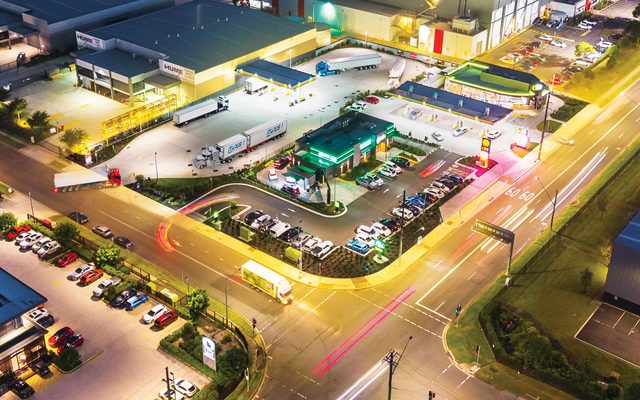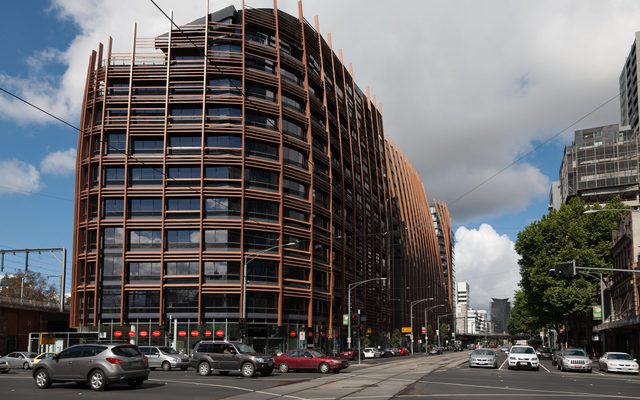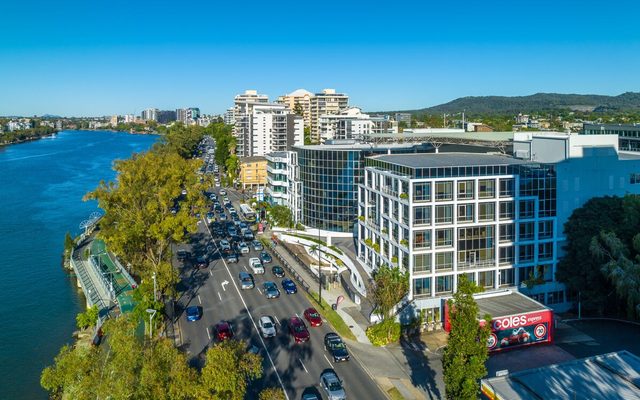This article is from the Australian Property Journal archive
TENANTS are no longer spoilt for choice in Sydney CBD, with limited new supply and withdrawals making it tougher for both small and big occupiers, with sub 200 sqm and greater than 1,500 sqm requirements, who may be forced to make compromises.
According to the Property Council of Australia’s latest Office Market Report, Sydney continues to have the lowest vacancy rate across the nation of 5.9% down from 6.2% over the six months to July.
PCA NSW executive director Jane Fitzgerald said the market saw 75,821 sqm of withdrawals, 22,216 sqm of net absorption and 83,534 sqm of space was added over the period
“Strong demand was seen in the upper grades of office space particularly in premium office space where the vacancy rate dropped from 12.5% to 9.5%,” she added.
The premium market was bolstered by 35,930 sqm of net absorption and only 2,468 sqm of space was added over the period.
The A grade vacancy rate also tightened further from 4.1% to 3.6%, due to 66,313 sqm of net absorption, despite strong supply additions of 59,316 sqm.
The B grade vacancy increased from 4.0% to 5.8% due to -48,084 sqm of net absorption and 21,750 sqm of supply additions. Withdrawals totalled 44,964 sqm
The C grade vacancy also increased from 6.6% to 6.9%, because of -28,807 sqm of net absorption. Withdrawals totalled 29,367 sqm. Finally D grade vacancy increased from 2.9% to 3.8% due to -3,136 sqm of net absorption whilst 1,490 sqm of space was withdrawn.
Savills Sydney director of office leasing Alastair Dunlop said scarcity of occupier options is starting to become a factor in certain sectors across the market.
“In particular the sub 200 sqm suites market and larger contiguous options greater than 1,500 sqm.
“This is being compounded by the tech sector which continues to produce non-expiry driven demand and a flow of new market entrants. Moving into a period of reduced supply for the next three years occupiers may be forced to make some compromises when resolving their accommodation needs,” Dunlop predicted.
JLL’s NSW head of office leasing Dan Kernaghan said increased competition for limited space options means that the Sydney CBD will have above average effective rental growth over this period of time.
“We have observed that the tightening space conditions in the Sydney CBD has led to some tenants choosing to either extend their leases or renew in their existing premises, particularly in the sub 1,000 sqm cohort of the market. This is largely because of a lack of options which suits the space requirements of these firms. We expect this to be a continuing theme for the remainder of 2017,” Kernaghan said.
Relief is coming for tenants but not immediately.
Fitzgerald said there is a considerable amount of supply coming into the market of 184,600 sqm but from 2019 onwards.
“Finalising key planning documents such as the Central Sydney Planning Strategy will provide more certainty to the industry and ensure we continue to see strong growth in our CBD,” she said.
Australian Property Journal




